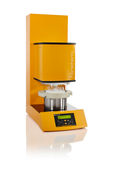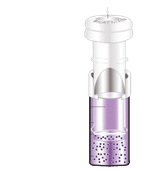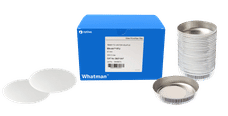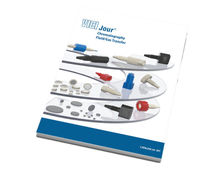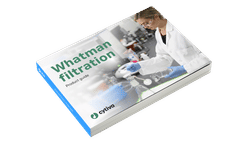BASF: Basofil fiber also ensures long service life and low operating costs
Advertisement
he melamine-resin fiber Basofil® developed by BASF has become well established not only in the sector of occupational safety and fire protection but also in the broad field of filtering media. The features responsible for this are its special cross section and its varying titers: owing to production conditions, Basofil fibers are not round but rather oval and their diameter fluctuates - according to the Gaussian distribution curve - between 7 and 24 micrometers.
These circumstances yield the optimal properties of Basofil filtering media: thanks to the flattened cross section, a larger surface area is available for the separating action, while the various titers improve the pore distribution. This translates into a considerably lower pressure differential at the same volume flow than in the case of filters made of fibers having a constant cross section. In other words, the same filtering surface area can purify larger volumes of air.
This also applies when the filtering media are made of fiber mixtures, for instance, Basofil and meta aramides. The separation capacity of such filters is even better since, in this case, the varying triboelectric properties of the mixture components exert a positive effect.
Resistance to flames and to flying sparks In many filtering tasks, Basofil's resistance to flying sparks and to high temperatures is also appreciated since this considerably reduces the risk of "burnout". The same holds true for the otherwise markedly greater shrinkage.
Another important advantage of Basofil comes to the fore in the separation of fine dust, particularly in hot-gas filtration, where conventional filtering media often experience a relatively large loss of residual pressure. Basofil media, in contrast, have proven in tests with VDI equipment as well as in actual practice that their good separation capacity remains constant over a prolonged period of time.
Economic advantages The high separation output, the low pressure loss and the long service life of Basofil filtering media are also the reason for their cost effectiveness. In new installations, for example, more compact units can be used while the throughput rates of existing facilities can be increased. This leads to tangible savings which, as examples from the United States demonstrate, can add up to over US $100,000 per installation annually.




